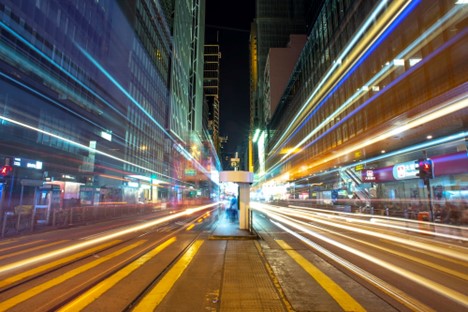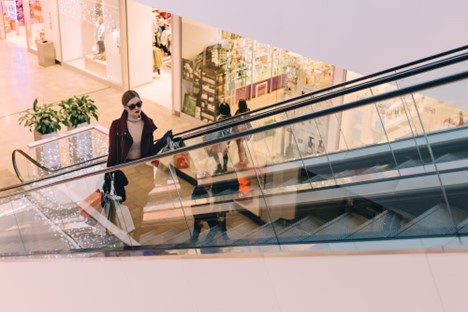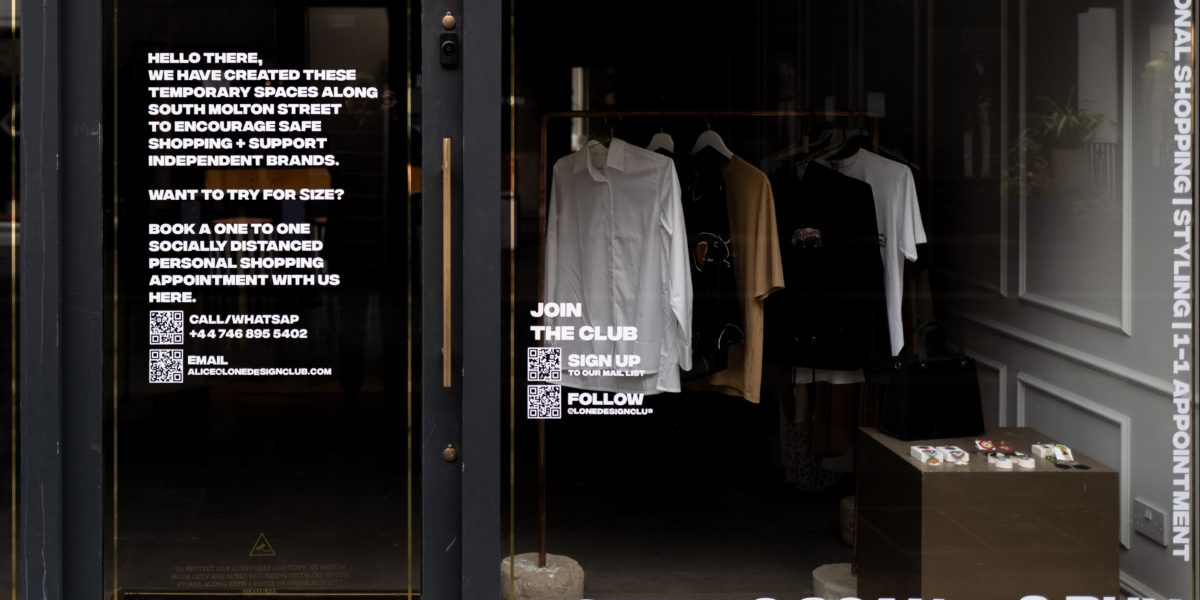The market landscape can sometimes reflect the movement of natural geology: tectonic plates shift, gradually at first, then suddenly, violently, and dramatically. A combination of longer-term processes (e.g. the evolution of e-commerce ) and unexpected earthquakes (e.g. the COVID-19 pandemic) have resulted in a transformed landscape for physical retailers.
The emergence of low-cost, highly-sophisticated CRM platforms, even for small businesses, has redrawn the way that brands engage with their customers. With brands increasingly communicating directly with consumers, diminishing retailers’ traditional role as interlocutors, the accelerated shift in shopping behavior due to the events of 2020 has ensured that this evolution will be longstanding.
Retailers are facing additional headwinds from this situation – in an ironic twist, online shopping has gone from being considered a potentially unreliable and untrustworthy experience to representing (in many cases) best-in-class customer service; whereas physical retailers are suffering from workforce and supply chain issues which limit their ability to deliver consistently positive interactions. With so much time being spent online in recent years, online environments offer numerous opportunities to reach customers and develop trust relative to in-person shopping.

At the same time, it’s clear that physical shopping environments offer experiences that can’t be replicated online. Ai chatbots have yet to develop the same charm and recommendations as a seasoned salesperson, and even the best e-commerce UX cannot deliver experiential impact like a built space . Moreover, there are weaknesses inherent to the current online shopping experience that physical retail can exploit. The rise of targeted advertising puts blinders on consumers when it comes to discovery – interest in a particular item immediately floods a user’s screen with similar products, pushing them down a rabbit hole they might not have wanted to descend in the first place. Serendipity, and all the joy it can bring forth, arguably remains the domain of traditional retail.

In pitting these two sales channels against one another, though, we miss the most important part of the story. As shoppers, we don’t just pick one over the other; rather, our journey flows digital and physical, doing research in one environment and trial/purchase in another. In addition, this reality belies a knowledge imbalance: the industry has made it relatively easy to measure consumer behavior in the digital world, but less is known about the role physical environments play these days. And we know even digital players are aware of the power of traditional retail because they’re trying to leverage it, too – witness Amazon’s acquisition of Whole Foods and expansion of its Amazon Go shops.
To maximize every waypoint in the modern customer journey, brands must do more to understand how their customers navigate the shopping landscape today. What value do customers see in each environment for different product categories? Does one channel lend itself more to premium pricing than the other? Are there generational apertures that might dictate a timeline for when and how to emphasize these learnings?
The brands that most effectively reduced friction for digital purchases won big in e-commerce – will your organization lead the way in an omnichannel world?


